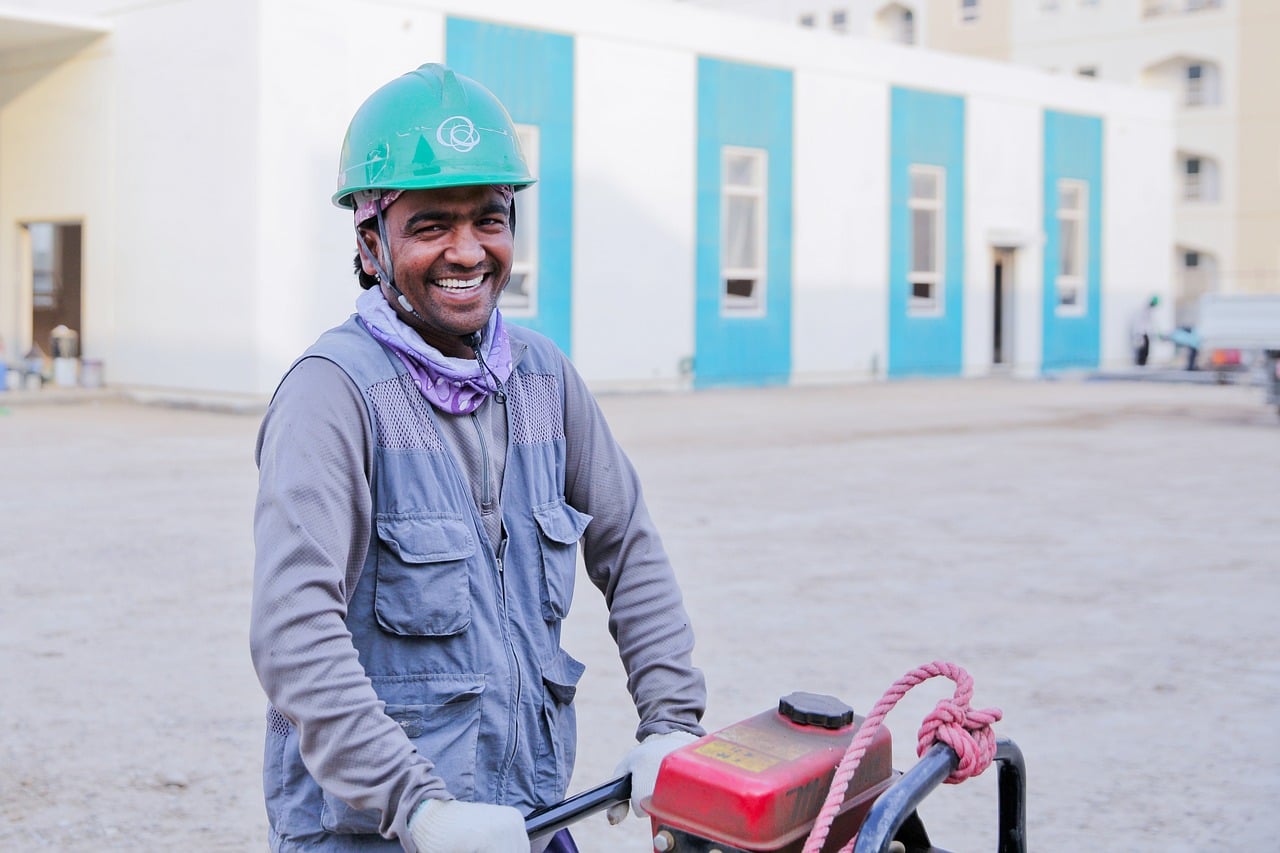
Like many industries, construction has been significantly impacted by various technological improvements. Building Information modeling is becoming more prevalent, especially in Kenya, and everything from scheduling to communication to promote workplace safety has been improved. That said, construction is still an extremely dangerous field, with roughly 150,000 accidents every year.
Improved safety is not only important for employee well-being, it can also have a significant effect on your bottom line; each injury that doesn’t lead to time off still costs businesses an average of $7,000. As one work injury lawyer in Philadelphia explained, almost all injuries or illnesses that occur as a result of a work condition will have to be paid for by the company’s workers compensation plan.

If multiple employees are hurt on the job each year, chances are high that more than just your bottom line will be at risk. Employee productivity, loyalty, and company reputation are all equally likely to be negatively impacted. Taking advantage of the relevant technology is an easy way to improve various facets of your safety procedures and avoid these problems.
Unmanned Aerial Vehicles (Drones)
After the Federal Aviation Administration expanded relevant regulations in 2017, commercial utilization of drones drastically increased. Drones have various uses in the construction context, from the creation of promotional videos to structure inspection and surveying sites. They also have important implications for safety.
When used correctly and efficiently, drones can help inspect work sites and identify risks that could pose a threat to staff. They also allow for remote monitoring of both workers and sites in order to ensure that everyone is in compliance with safety protocols and is aware of any changing work conditions.
Wearable Safety Tools
Many technology-related business are integrating their ideas into construction, leading to exciting new developments in wearable tech. New safety hard hats, for example, contain built-in LEDs, acting as both a safety beacon and a work light. Accompanying vests come with a collar that will activate when a worker falls.
These and other similar pieces, including smart clothing, are also capable of monitoring important health-related information about each worker. Data like heart rate, temperature, and respiration rate, along with more advanced information, can be constantly monitored. These wearables can also be capable of giving alerts in case anything becomes a potential hazard.
Virtual Reality (VR)
While virtual reality is often associated with gaming and other activities, it has important applications in many industries. In construction, VR can allow employees to gain virtual experience with new pieces of equipment, or help them easily acclimate to unique conditions such as extreme heights or small spaces.
Sensors
Like carbon monoxide detectors in homes, construction site sensors can monitor for dangerous elements in the workplace, including dust, noise, and extreme temperatures. The sensors can then automatically alert workers to unsafe conditions, thus improving worker safety while maintaining compliance with the relevant regulations.
Workplace safety is important in all industries, but it poses a unique challenge to construction workers. They often deal with different conditions from those in other fields. These are just some of the ways in which advances in technology are impacting safety protocols. Simply keeping up with these developments can have a substantially positive effect on overall worker safety.



















